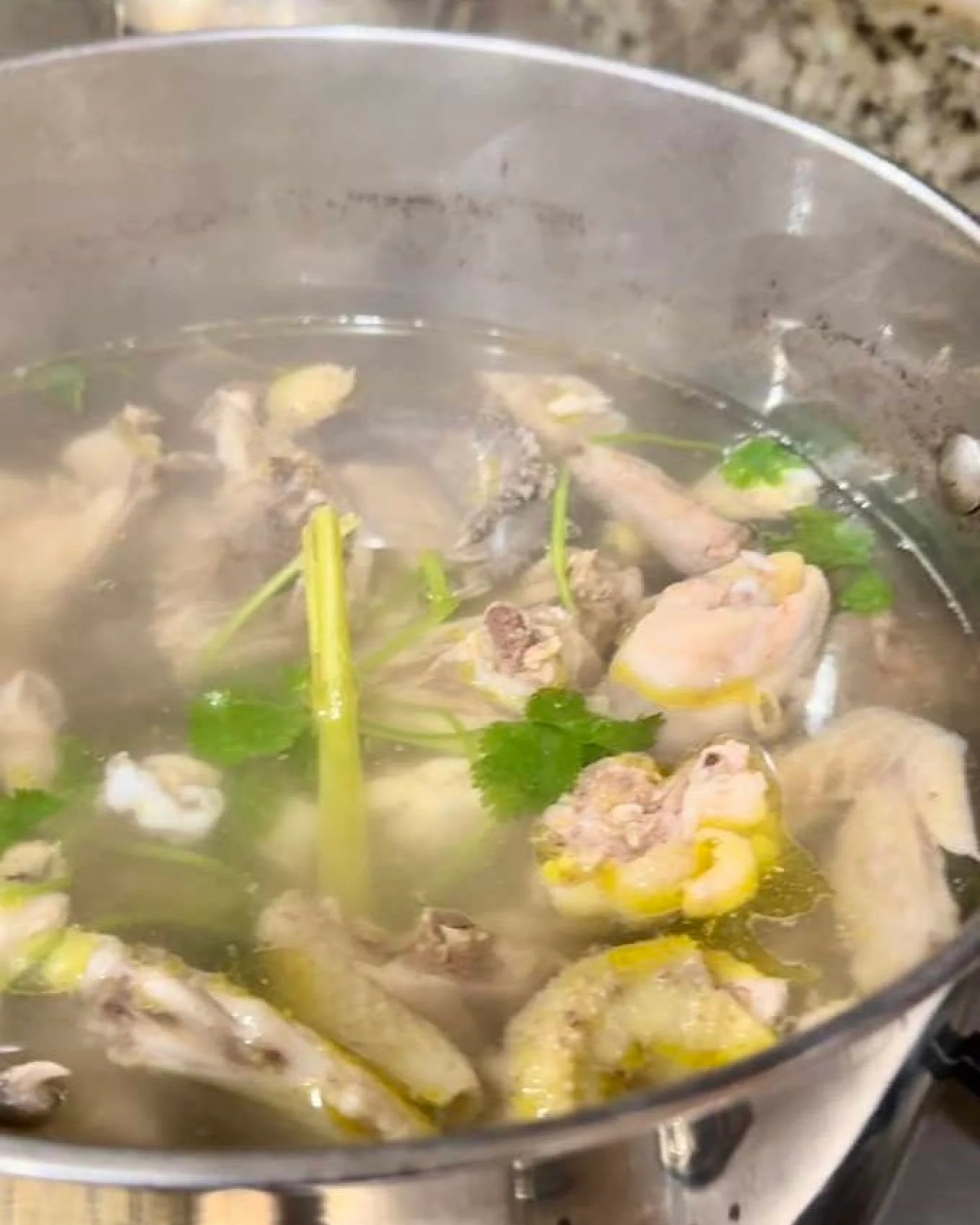When Diane Moua became a mother 23 years ago, a bowl of aromatic chicken soup, prepared according to centuries-old Hmong tradition, provided her with comfort and nourishment. Her mother-in-law brought the broth to her hospital room in a Tupperware container, continuing a custom that encourages new mothers to consume herbal chicken soup, freshly cooked rice, and warm water exclusively for the first month after giving birth. This strict diet aims to cleanse and heal the body after childbirth.
Despite the regimen’s challenges, Moua, a James Beard-nominated pastry chef, acknowledges its significance. “I did cheat a little,” she admits, craving sweets and gummy bears, but insists the soup itself is herbaceous and delicious, seasoned with lemongrass and traditional Hmong herbs. It remains a staple in Hmong kitchens, offering solace not just to postpartum mothers but also to anyone needing a pick-me-up, including those recovering from injuries or hangovers.
Moua plans to introduce a version of this cherished soup at her restaurant, Diane’s Place in Minneapolis, Minnesota. The eatery, awash in earth tones, combines her pastry-making skills with comforting Hmong dishes. The tradition of postpartum rest is widespread in Asia, with similar practices observed in China, where new mothers are advised to stay indoors and avoid washing their hair for the first 30 days.
St John’s Hospital in Saint Paul, Minneapolis’ Twin City, has included Hmong chicken herb soup on its menu for at least 19 years. Dr. Laurel Ries, a family obstetrics provider, appreciates the normalization of this practice, especially as 40 percent of her patients are Southeast Asian. The soup’s nutritional benefits are well-recognized: chicken provides protein and iron for wound healing and blood replenishment, rice offers calories and boosts breastmilk supply, and greens add essential vitamins and fiber.
Ka Vang adhered to the Hmong chicken diet after the birth of her three children, supplementing it with vitamins and sourcing herbs from local Hmong markets. Her commitment to the diet delighted her parents, with her father slaughtering 45 free-range chickens to ensure the soup’s authenticity. Vang’s dedication to this tradition not only supported her physical recovery but also strengthened her cultural ties, making her feel closer to her ancestors.
“My mom was thrilled I was taking it so seriously,” Vang shares. “I think it brought us closer because I was willing to do it.” Her husband, Brian, despite not sharing her Hmong heritage, supported her by preparing the chickens and making the broth. Vang believes in the soup’s healing properties and values it as a way to honor her culture.
“I know this sounds kind of sappy, but I felt like the spirits of my ancestors were happy,” she says. “I felt their support, too.” This heartfelt tradition continues to nourish both body and spirit, connecting generations through a simple yet profound culinary practice.
READ MORE:
